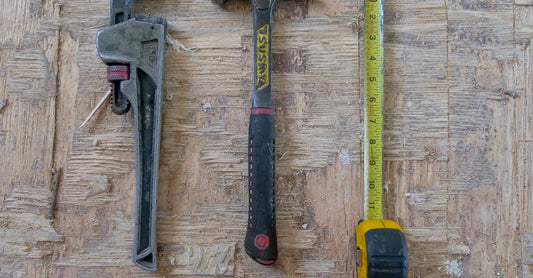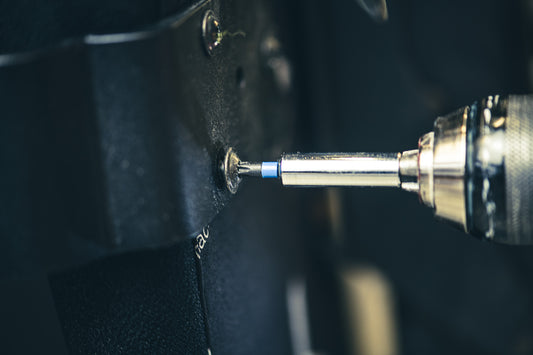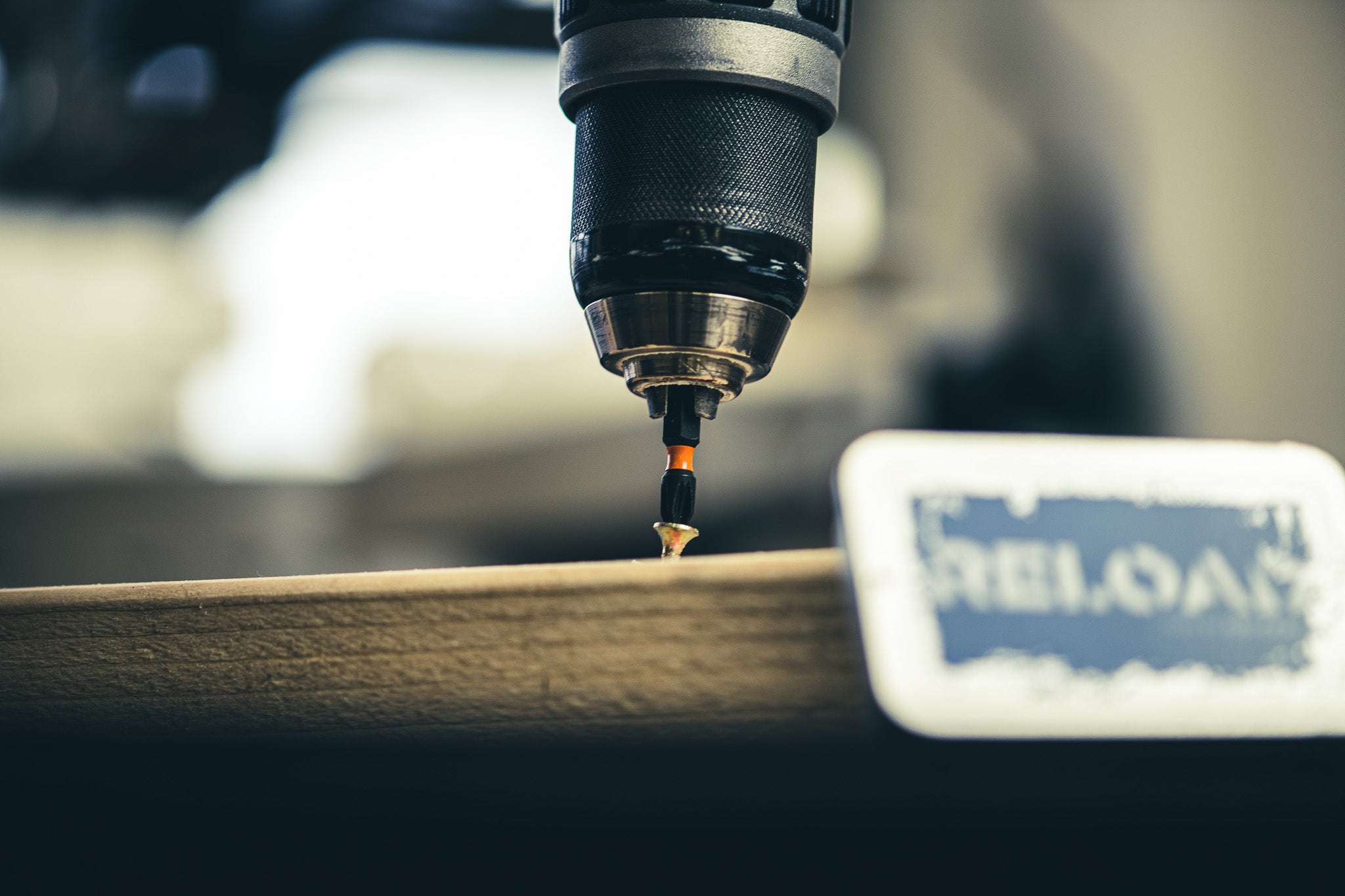TUR-mi-nuhl BARE-ee-er
Terminal, Barrier
A physical barrier that is used to mark the end of a construction zone
Example usage: The workers placed the terminal barrier at the end of the construction zone.
Most used in: Construction sites in urban and suburban areas.
Most used by: Construction workers, engineers, and architects.
Popularity: 8
Comedy Value: 4
Also see: Crash Cushion, End Treatment, End Termination, Impact Attenuator,
What is a Terminal Barrier?
A Terminal Barrier is a type of construction used by electricians in order to protect against electric shock. It is typically used in instances where a live electrical current is exposed and could potentially cause harm. It is also known as an insulating barrier.
Terminal barriers are made of materials such as PVC, polyethylene, or other non-conductive materials. They are designed to be placed between the electrical current and the user, providing a physical barrier that prevents contact with the live current. This helps to ensure the safety of the user and prevents potential electric shocks.
Terminal barriers are a critical part of the electrical safety code, and are used in many different types of construction. According to the National Fire Protection Association (NFPA), terminal barriers must be installed in any area where there is an electrical hazard, such as an exposed live wire. They must also be used in any area where an electrician is working, such as in an electrical panel.
Terminal barriers are essential for ensuring the safety of electricians and other workers in the construction industry. By providing a physical barrier between the user and the live electrical current, they help to prevent electric shocks and other potential hazards. They are an important part of the electrical safety code, and should be installed in any area where there is an electrical hazard.
The Origin of the Term 'Terminal Barrier'
The term 'terminal barrier' was first used in the context of electrical construction in the early 1900s. It was coined by the National Board of Fire Underwriters (NBFU) in 1910 in the United States to describe a device that served as a barrier between a power source and any other component in an electrical system.
Terminal barriers were designed to provide protection against electric shock and limit the spread of fire. They were also used to control the flow of current in the system and prevent short circuits, overloads, and other electrical hazards.
The concept of terminal barriers was originally developed in the United States, but it has since been adopted by other countries, including Canada and the United Kingdom. Today, terminal barriers are an integral part of electrical safety regulations around the world.




